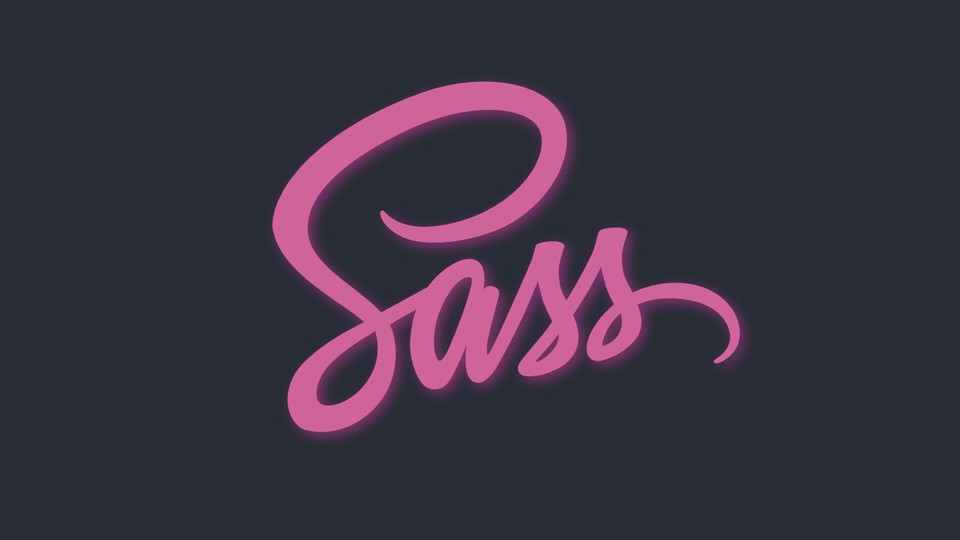Why @use and @forward is so useful?
— CSS, Import, use, forward — 2 min read

Introduction
If you're a web developer or designer working with Sass (Syntactically Awesome Style Sheets), you've probably heard about the handy features @use and @forward. Introduced in Sass 3.9, these directives have become a game-changer for organising and managing styles in complex projects. In this blog post, we'll explore why @use and @forward are so useful and provide practical examples to demonstrate their power.
Simplify Dependency Management
One of the primary advantages of @use and @forward is their ability to simplify the way you manage dependencies. In traditional Sass, the @import directive could lead to a tangled web of dependencies, resulting in bloated and hard-to-maintain codebases. @use, on the other hand, provides a clear way to import only the specific members (variables, mixins, and functions) you need from other Sass modules.
Example:
Consider you have a color utilities module (_colors.scss) that defines various color variables, like $primary-color, $secondary-color, etc. Instead of importing the entire module with @import, you can selectively import just the required colors:
1// _colors.scss2$primary-color: #007bff;3$secondary-color: #6c757d;4$tertiary-color: #28a745;5// ...6
7// main.scss8@use 'colors' with (9 $primary-color,10 $secondary-color11);12
13body {14 background-color: colors.$primary-color;15 color: colors.$secondary-color;16}Simplify Dependency Management
Modularising your Sass code is crucial for maintainability and reusability. The @use directive encourages this modular approach by creating namespaces for imported members, avoiding naming collisions and making your codebase more organised.
Example:
Let's say you have a typography module (_typography.scss) with various typography-related mixins and functions. You can use @use to create a namespace for the typography module:
1// _typography.scss2@mixin heading($size) {3 font-size: $size;4 // ...5}6
7// main.scss8@use 'typography' as typography;9
10h1 {11 @include typography.heading(24px);12}13
14h2 {15 @include typography.heading(20px);16}Facilitate Forwarding
@forward allows you to expose certain Sass members from one module to another, without having to re-implement them. This feature helps in building robust and composable APIs, making it easier for different parts of your codebase to communicate effectively.
Example:
Consider two separate modules: _buttons.scss and _forms.scss. If the buttons module has a useful mixin called .btn-primary, you can forward it to the forms module using @forward:
1// _buttons.scss2@mixin btn-primary {3 // Button styles...4}5
6// _forms.scss7@forward 'buttons' show btn-primary;8
9// main.scss10@use 'forms';11
12.my-form {13 @include forms.btn-primary;14}Lets get slightly more complex
- You have a folder structure with separate Sass files for each component (e.g., _navbar.scss, _buttons.scss, _basket.scss, _order.scss, _footer.scss, etc.).
- You have a main.scss file that imports and uses these modules.
1// _buttons.scss2// _colors.scss3$primary-color: #007bff;4$secondary-color: #6c757d;5
6// _buttons.scss7@mixin btn-primary {8 background-color: $primary-color;9 color: #ffffff;10 padding: 10px 20px;11 border: none;12 border-radius: 5px;13 cursor: pointer;14}15
16// _navbar.scss17.navbar {18 background-color: $secondary-color;19 // ...20}21
22// main.scss23@use 'colors';24@use 'buttons' as buttons;25@use 'navbar';26
27body {28 font-family: Arial, sans-serif;29}30
31.navbar {32 @include buttons.btn-primary;33}Encourage Modularisation:
1// _typography.scss2@mixin heading($size) {3 font-size: $size;4 // ...5}6
7// _basket.scss8.basket {9 border: 1px solid $primary-color;10 // ...11}12
13// _order.scss14.order {15 background-color: $secondary-color;16 // ...17}18
19// main.scss20@use 'typography';21@use 'basket';22@use 'order';23
24.basket-name {25 @include typography.heading(18px);26}27
28.order-item {29 @include typography.heading(16px);30}Facilitate Forwarding:
1// _forms.scss2@forward 'buttons' show btn-primary;3
4// _footer.scss5@forward 'buttons' as footerButtons show btn-primary;6
7// main.scss8@use 'forms';9@use 'footer';10
11.my-form {12 @include forms.btn-primary;13}14
15.footer {16 @include footer.footerButtons;17}Conclusion:
In this more complex example, we have a comprehensive folder structure for our components, each managed in their respective Sass files. The @use and @forward directives enable us to selectively import the necessary styles and components from different modules, avoiding naming conflicts and keeping the codebase organized.
The color variables defined in _colors.scss are shared across various components, making it easy to maintain a consistent color scheme. The typography styles are separated into their own module, promoting reusability throughout the project.
The @forward directive also allows us to expose mixins from one module to another, enabling the sharing of common styles between different components. For example, the .btn-primary mixin from _buttons.scss is used in both the _forms.scss and _footer.scss modules, eliminating the need for code duplication.
In conclusion, @use and @forward play a vital role in simplifying, modularizing, and reusing styles in more complex Sass projects, ultimately leading to a cleaner and more efficient codebase. As projects grow in size and complexity, harnessing the power of these directives becomes increasingly crucial to maintainable and scalable stylesheets.